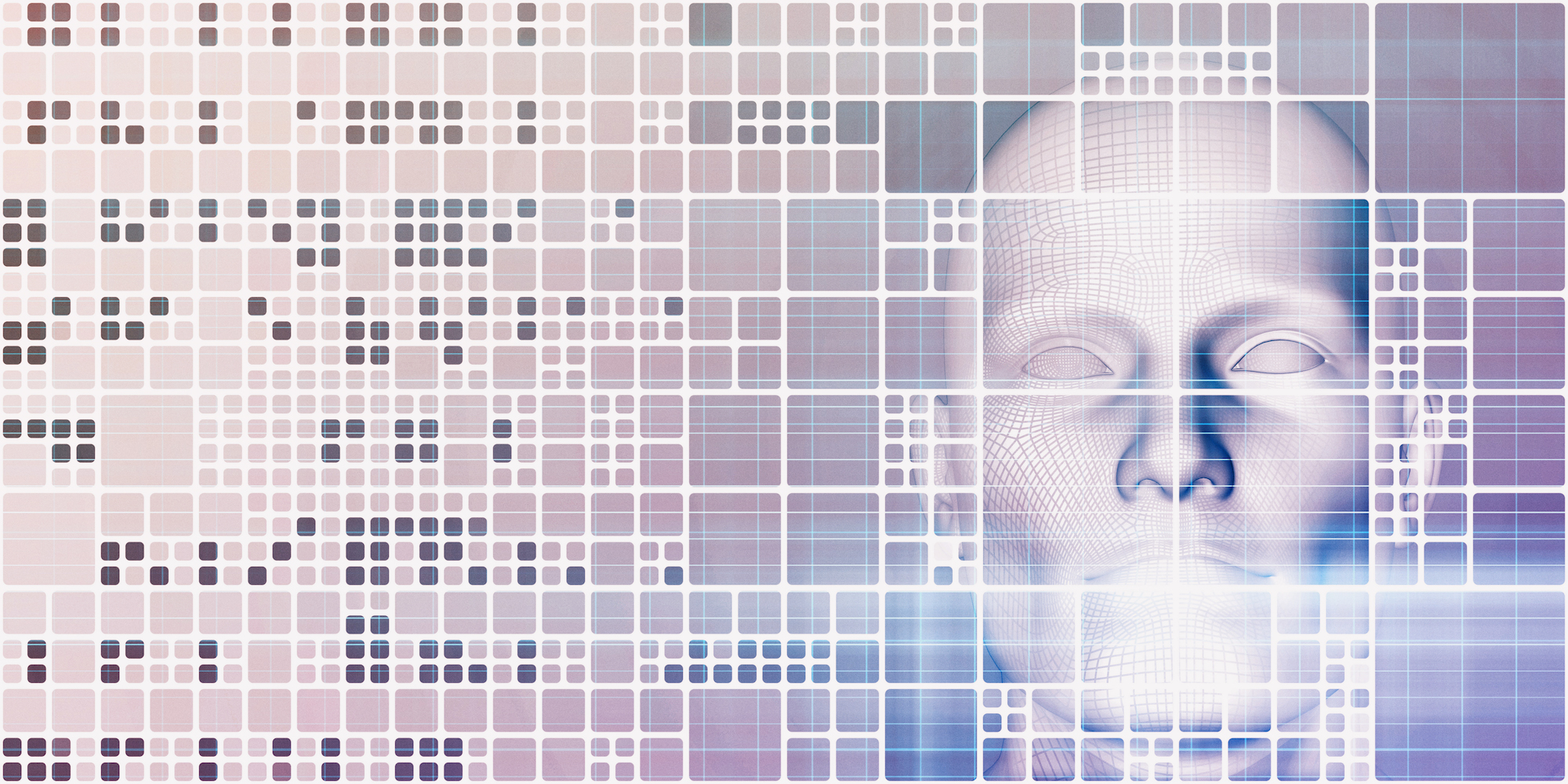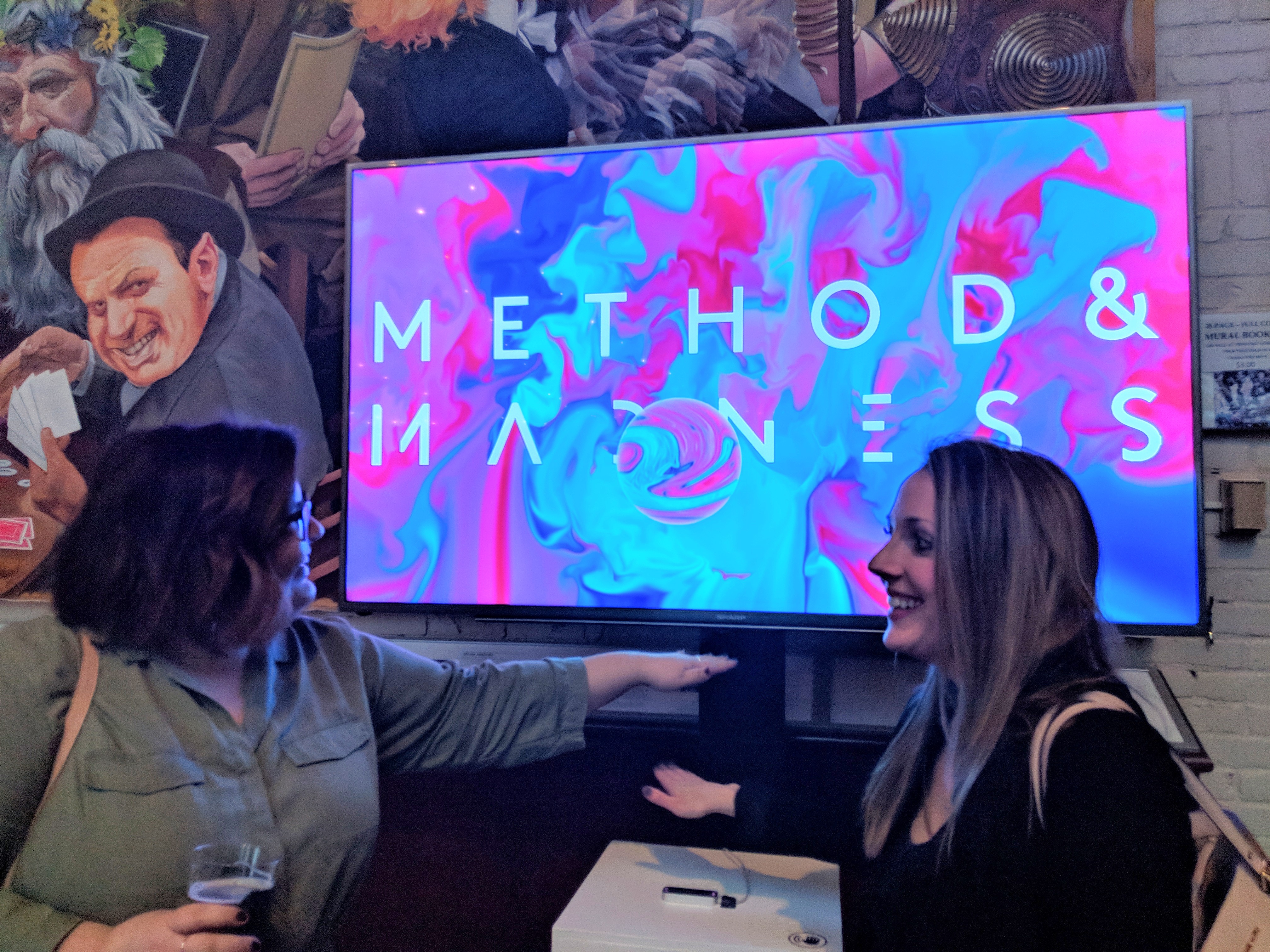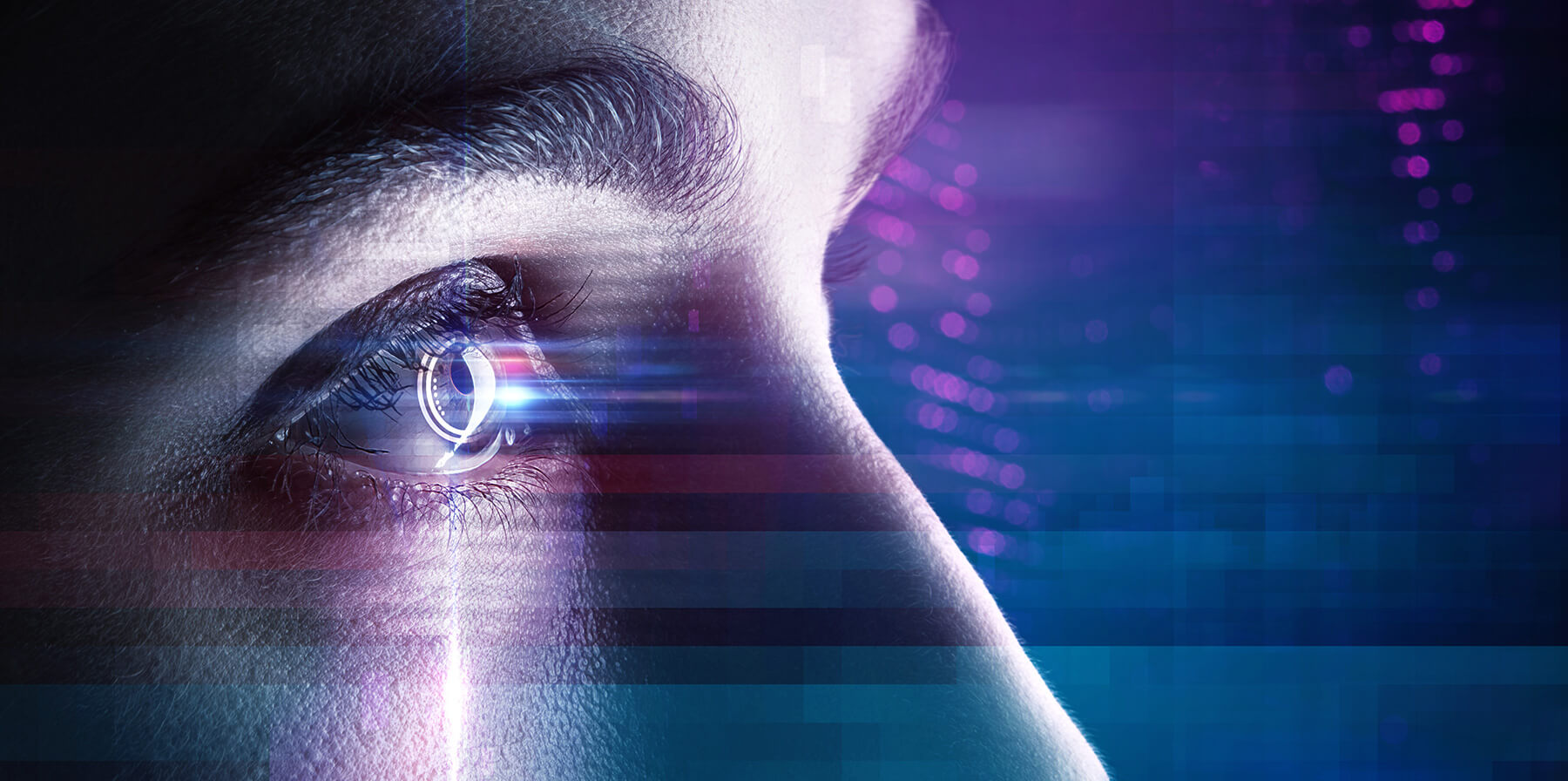The Power of Smart Display Ads
Last month, I introduced the opportunity machine learning presents for advertisers in the start of my Powering Paid Media Through Machine Learning series. In part two of this series, let’s dig into how “smart display” campaigns use machine learning to help further drive advertising efforts.
What is Smart Display?
Smart display was recently introduced by Google as a powerful campaign option within AdWords to help simplify the guesswork and set-up time of standard display campaigns, while helping to drive as many conversions as possible for advertisers.
Standard display campaigns do offer advanced targeting options, allowing you to set almost any specification to modify your audience targeting. But it can get confusing, and you may be missing out on key users who do not fit into the subset of characteristics that you selected. In contrast, smart display campaigns strive to solve this issue using—as Google puts it—“automation at scale, helping you deliver richer experiences to consumers and better results for your brand.”
Smart Display and Machine Learning
So how does this work? Smart display campaigns utilize machine learning to automate the bid, targeting, and ad creation process. This means that instead of the advertiser manually selecting targeting options and creating banner ads for the campaign (both of which can be a timely process), data is used to effectively streamline the process. Responsive display ads are then served across the Google Display Network (made up of over 3 million sites and apps) to users who match characteristics similar to those who have previously converted on your site. These ads are created from the variety of images, headlines, and ad copy uploaded during the initial campaign set-up and over-time are optimized based on performance. This is extremely powerful for advertisers because it allows a better understanding of what image/message resonates best with your target audience.
So the ads are quicker to set up, but even better than the time-saving benefits are the results. Advertisers are reporting on average 20% more conversions from smart display campaigns compared to the performance of standard display campaigns.
Is implementing this as simple as it sounds? Yes. However, in order to tap into the benefits with smart display, you must have your AdWords linked to your Google Analytics account, 30 days worth of conversion data, and a predetermined CPA goal (which ultimately tells Google how much you are willing to pay per conversion). If you’re not confident about doing this yourself, reach out to your agency. We’d love to help you start driving more conversions with smart display campaigns!





